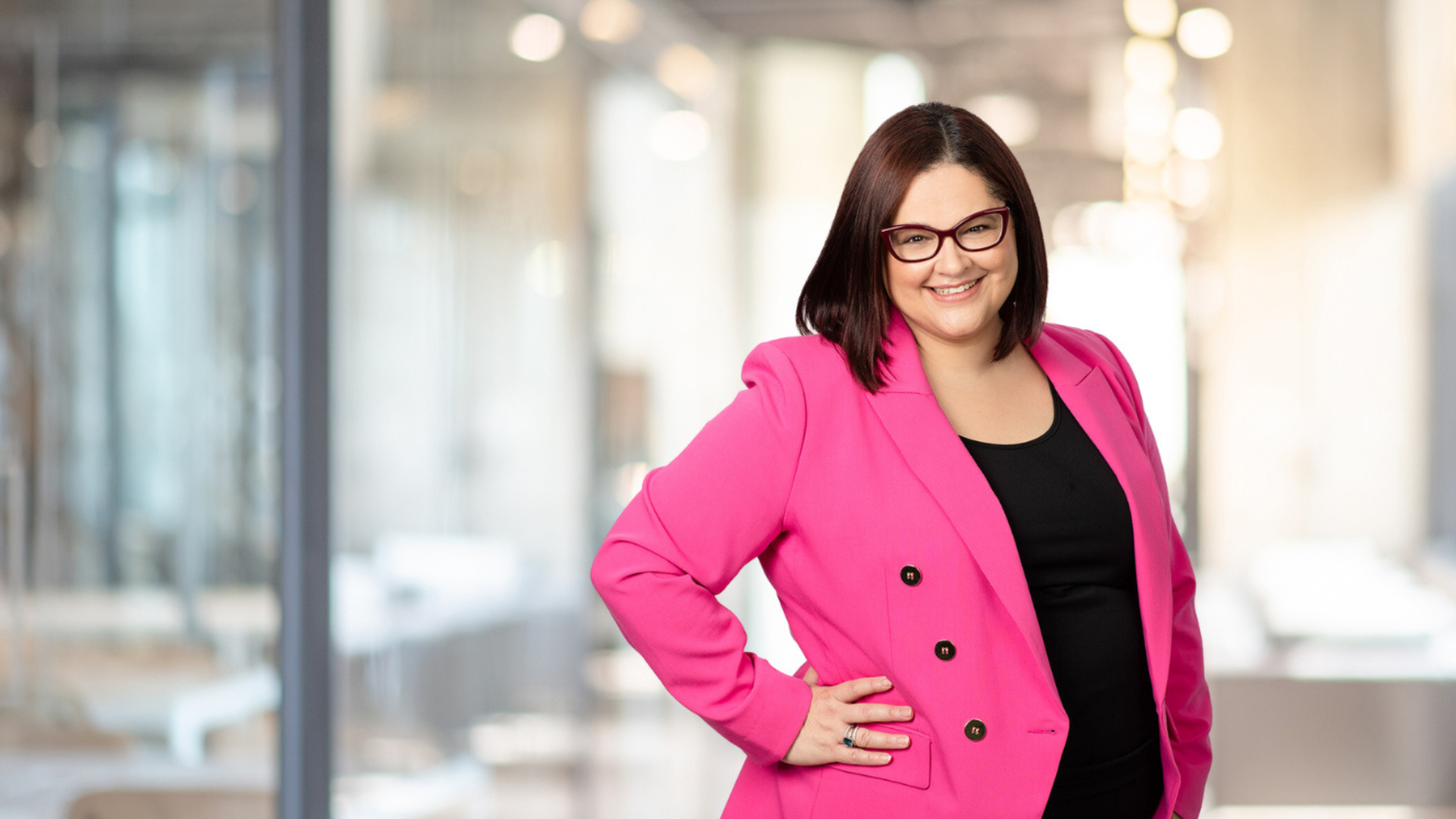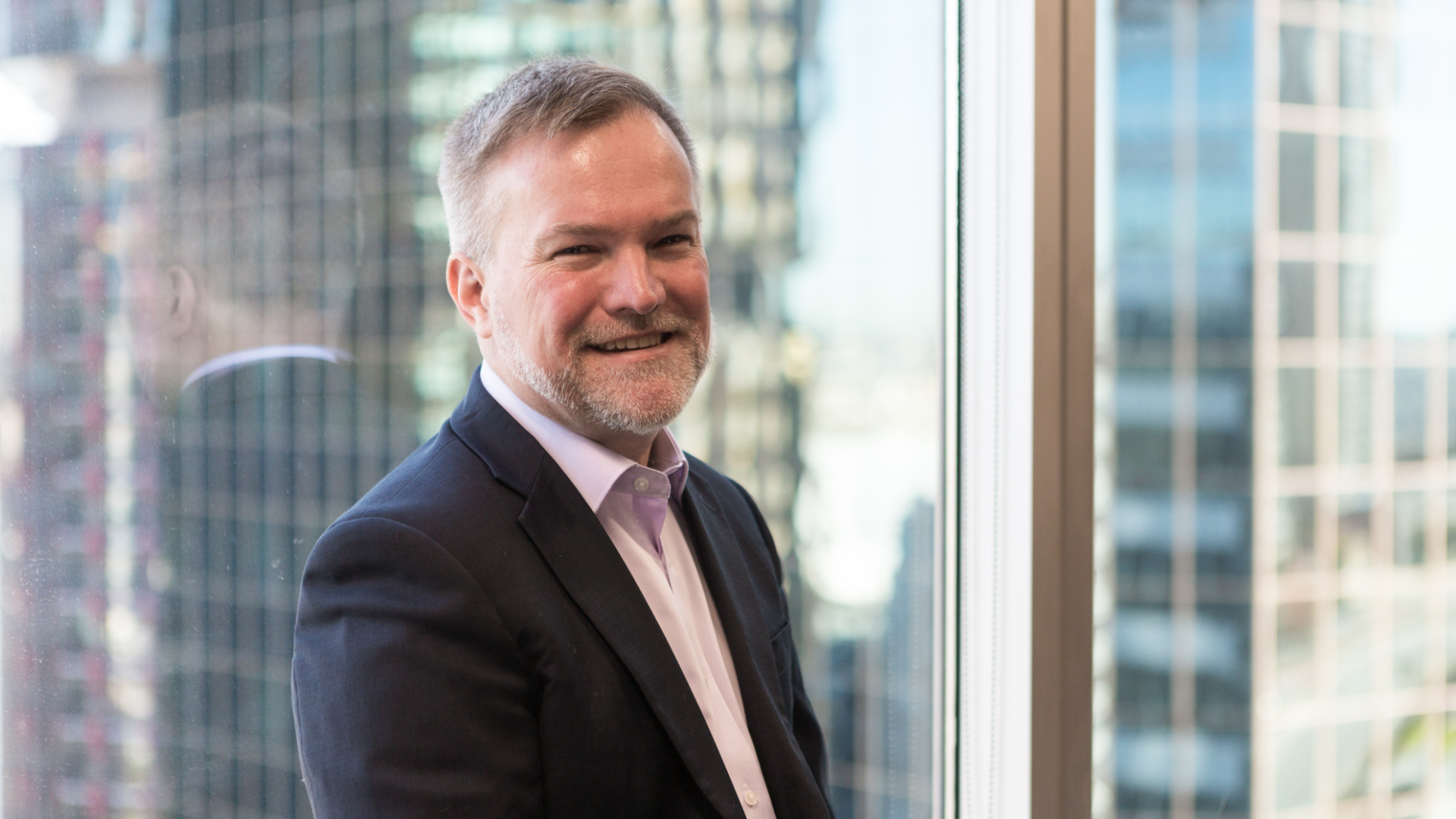How big investors are working with hedge funds of funds
(Pictured: Sam Mann)
Franklin Templeton Solutions, which incorporates K2 Advisors, the hedge fund-of-funds business, has added an experienced asset consultant to its team, reflecting the evolution of the leaders among these firms since the global financial crisis. They are now focused on multi-asset, outcome-oriented strategies and bespoke portfolios.
Felicity Walsh has joined Franklin Templeton after 11 years advising institutional investors at Towers Watson in Sydney and London. She will concentrate on broad-based solutions capabilities, which consist of both advice and fiduciary investment responsibilities, as well as K2 Advisors’ offering of bespoke alternatives portfolios of funds and mandates. And this appears to be the future for what used to be called hedge funds of funds.
K2 Advisors, the international hedge fund of funds business launched in Australia in 2007 by Samuel Mann, a former head of alternatives at Deutsche Asset Management, was acquired by Franklin Templeton in 2012. Franklin Templeton had acquired the successful Aussie equities boutique Balanced Equity Management a year earlier and runs a range of strategies across the boutique and broad-market landscape around the world.
The history of K2, which has formed the basis of Franklin Templeton Solutions for the past couple of years, is indicative of what’s happening among hedge funds of funds. The crisis, in 2008, changed their world and those which have survived have adopted very different business models.
Mann, now managing director and head of Franklin Templeton Solutions and K2 Advisors Australia and New Zealand, says that it was clear to him, by about 2005-2006 when he was running Deutsche’s hedge fund business, that the nature of hedge funds of funds engagement was changing.
Deutsche was the first big-name manager to set up a hedge funds business in Australia, under Damian Hatfield, who went on to launch Colonial First State’s hedge funds capability, which arguably brought alternatives to the Australian retail space for the first time. But the cracks had started to appear in funds of funds by the time Mann took over at Deutsche, with investors baulking at fees and surprisingly high correlations with equity markets.
Mann says: “I had come across K2 as a group which focused on risk management rather than returns. They had a unique model which was very disciplined, such as they wouldn’t invest unless they had monthly information, which was rare at the time. They approached me to set up K2 in Australia in 2007. I thought they had something special. They also worked closely with the asset consultants which I liked. They weren’t a product flogger.”
The lessons for investors from 2008 varied but all investors reassessed their portfolios. Some put on hold any further investments in hedge funds because they felt they didn’t deliver what was expected in the crisis, others examined the strategies which had done well through this period and realised that they had a place in a portfolio as a diversifier and traditional hedge against other markets.
“Those who believed hedge funds had a place in their portfolios also looked at risks and as a way for them to complement the rest of their portfolios. We were in a good position to satisfy these people,” Mann says. “They didn’t think about us as selling a product but as providing a complement to the portfolio. So we designed bespoke alternative portfolios for them. In one case, we were handed over the keys to a hedge fund of funds and transitioned this to a new client portfolio.”
He says that, by the end of 2012, under new committed ownership, K2 had picked up a number of clients who understood the asset class. K2 had broken down the nexis and had a different type of engagement than simply providing a unit trust to invest in.
At the same time, Mann says, it became apparent that the most efficient way to implement these specialised strategies was to include more “direct trading” by the fiduciary manager across the portfolio. He was able to dial this up with Franklin Templeton because of the parent’s diverse range of capabilities.
“About 75 per cent of our AUM growth in the last two-and-a-half years has been through direct trading mandates,” he says.” As an example, when a client fund wanted to set up a MySuper option it had specific requirements on daily liquidity, daily and market pricing, instruments being held as a separately managed account with the custodian and with “mitigated active risk” requiring a fair amount of enhanced indexing.
“They [the client fund] understood they needed an exposure to alternatives for their diversification benefits,” Mann says. “But they also had to be cost-competitive with their peers.”
When his team did the analysis it came up with a basket of derivatives that dynamically expose the client’s portfolio to a range of market factors that they would have been exposed to had they invested in the actual managers. It discovered that, to deliver similar outcomes, it didn’t need so many factors. The end result was that the portfolio was delivered at a substantially lower base fee only compared with a 100bps-plus-performance-arrangement under traditional alternatives strategies.
Franklin Templeton Solutions runs about US$40 billion in its multi-asset funds and strategies, of which about US$30 billion is customised for big pension funds. K2, which operates a fund overseas, but not in Australia, makes up about US$10 billion of that.
“We can bring a lot of complexity to the table, or just a little bit. That’s where customization is important,” Mann says. If the firm launches an Australian fund, to capitalise on the retailisation of super, it is likely to be an absolute return fund which will have alternative strategies inside it.










